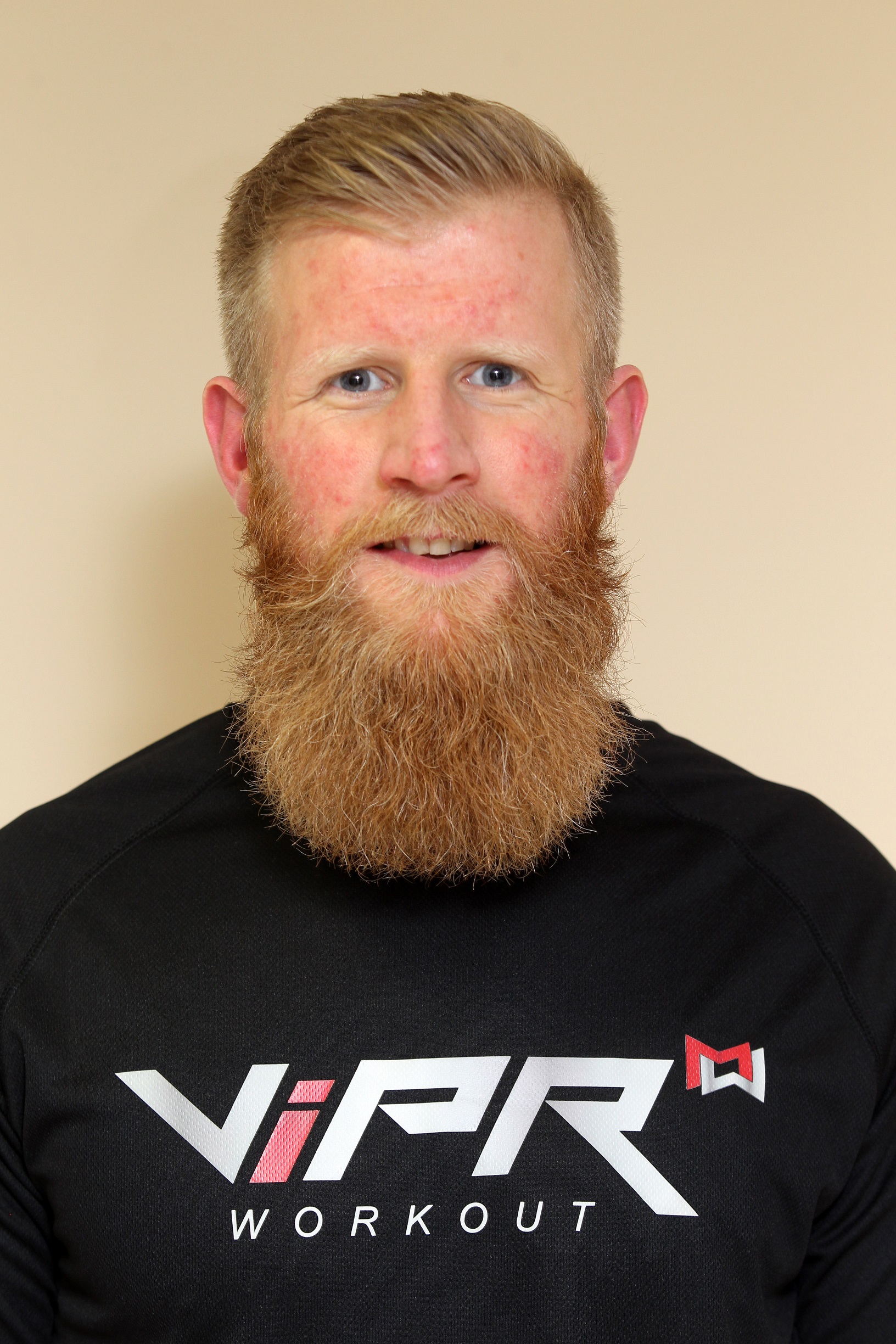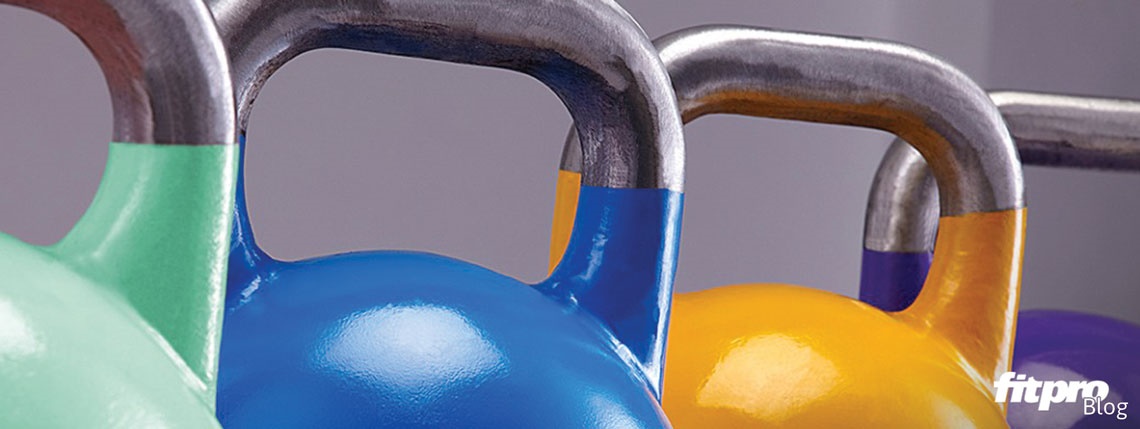Think you know how to kettlebell swing? FitPro national trainer, Aaron Barnett, shares 10 variations of the kettlebell swing to freshen up your workout.
The kettlebell swing offers the opportunity for people to advance their power, stability and mobility, as well as their strength and endurance. It helps to build better, more efficient bodies, and also helps towards client goals, says Barnett. So, there is no doubt that the kettlebell swing is a respected movement across the strength, performance, conditioning and transformation communities.
Across these communities there is also the great debate – what is the ultimate way to swing? Coaches, clients and members will be heard advising others: “Don’t swing like that, this is how you swing”, but with so many variations and lots of valid arguments around correct technique, how do you decide which camp you pitch your tent? Is it the ‘strict’ swing, is it the ‘soft’ swing, is the kettlebell moved with maximum tension and aggression, or with rhythmical efficiency, OR even swung overhead vs horizontal vs even less? Which movement makes you king of the swingers?
After 11 years of practice, variation, theory, workshops and application, I have finally found an answer that works for me … drum roll … THEY ARE ALL THE BEST.
Now I hear the sighs! However, for me as a coach and athlete, it really boils down to a question of why and when? We all have different hip structures, different levels of performance, different levels of experience and different goals at different times. With so many differences, why do we then offer a blanket approach to how to swing?
If you have ever heard a client say, “I just don’t get it … I don’t like how it feels … It hurts my lower back …”, then it’s time to find the swing that fits. It’s time to ask why. It’s time to be brave, adjust, and lead a new movement! So, here are some universal best practices and options to find the best swing for the individual.
Best practice – there are three universal qualities:
- Drive from the hips. Regardless of how hip-hinge or level-change dominant you make it, make sure that each swing is initiated from the hips.
- Keep space between the segments of the spine
- The kettlebell (and the body on the end of it) moves best when working with rhythm. The kettlebell swing is a load to explode or stretch to shorten movement.
How many reps are we talking about here?
Aaron recommends between 20-60 secs and between 2-6 sets depending on your training goal.
Take a look at the following videos. We have offered some variations of classic swings as well as some three-dimensional alternatives. Give them a try and decide for yourself which swing is best for you and your clients
- Aaron demonstrates the soft swing, which has more knee flexion and bounce than other kettlebell exercises. This creates more rhythm and therefore more energy efficient systems.
2. The pause swing. This useful strategic movement for people new to swings helps create an increase in starting strength and power and helps improve first rep pattering.
3. The T-Jump. This exercise promotes athletic 3D development by using advanced energy systems and motor control movement.
4. T-Swing. This exercise improves general hip mobility and creates stronger internal and external rotation.
5. The step swing, which provides greater complexity and timing by combining challenging deceleration and acceleration forces.
6. Lateral swings with a kettlebell, which creates three dimensional rhythmical power and improves core stability.
7. Swing to pistol kettlebell exercise. This improves total leg and hip stability and strength and is also a great party trick to show off to your mates at the gym.
8. The split stance swing. This highly challenging kettlebell exercise creates better frontal plane power and balance.
9. The plyo swing, which helps create explosiveness and is a great tool for increasing jump height.
10. The strict swing. This exercise is very hip and hamstring dominant, requires a lot of power, and has a very high rate of fatigue.
Now that you’ve decided on the swing that meets the need, it’s time to create a strategy (a number of steps) for the individual to follow to be most successful. For some, it may just be a movement tweak and, for others, you may be starting at the beginning. Steps and coaching cues should match the client. Again, for some, it may be describing a feeling or visualising a relatable movement, for others, you may offer a kinaesthetic cue, or it may take breaking the kettlebell swing into different sections (patterning and layering).
As ever, we would love to know what you thought of the swing variations and your preferred movement! Tweet us at: @fitpro_online and don’t forget to tag your photos and videos on Instagram: @fitpro_ltd
Happy training!
About the author
Aaron Barnett
Aaron has over a decade of education, continual development and coaching experience as the Tribe Team Training™ Coaching Director for UK, Europe and Middle East and in his role as ViPR Global Development Ambassador. He draws on his experiences at the highest level to confidently create the tools necessary for you to train smart, eat well and enhance your recovery, so that you can make consistent positive choices. He will give you the keys to unlock your full potential and redefine your limits. Aaron is a dedicated member of the FitPro National Trainer team and regularly presents at FitPro workshops and events both in the UK and internationally.
As well as all of this, Aaron is Health and Performance coach at Life Lab – a fitness studio in Kent that uses the latest technology to deliver maximum results. http://www.lifelab.co.uk/
Want to see more of Aaron? Then follow his Instagram – you won’t be disappointed with his programming videos and latest workout advice. https://www.instagram.com/coachazza/








